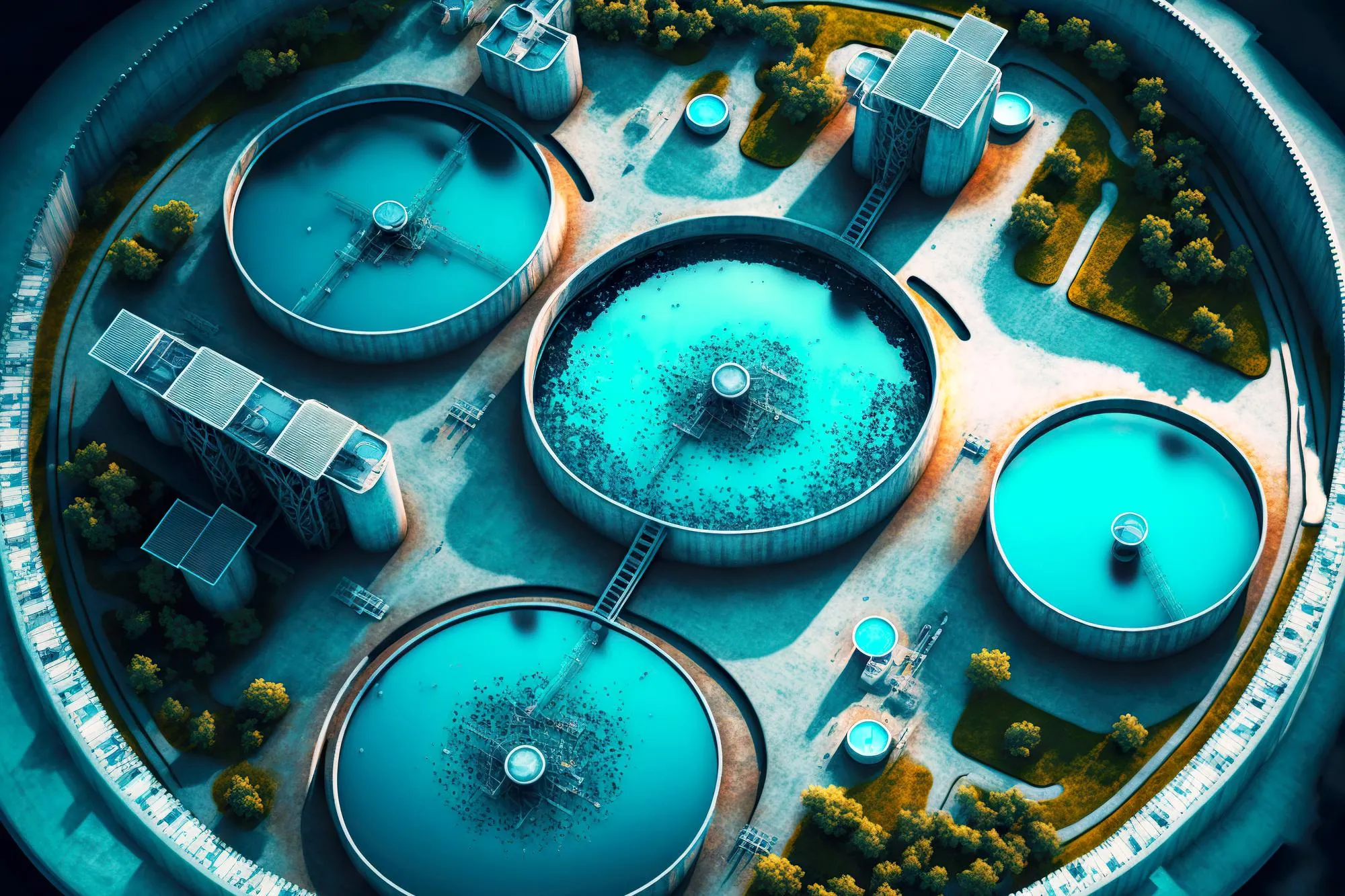Advances in wastewater purification are essential for addressing the escalating global challenge of water pollution. Recent research in chemical adsorbents presents a promising avenue for the effective removal of toxic substances from contaminated water. This article introduces a noteworthy study on the interaction between borate ions and a novel adsorbent, nickel-aluminum complex hydroxide (NA11), which demonstrates significant potential for wastewater purification. The study, published in the ‘Chemical & Pharmaceutical Bulletin’, has implications for industries seeking cost-effective and efficient methods to meet environmental regulations.
Introduction
Wastewater treatment plays a pivotal role in protecting the environment and preserving water resources. One of the persistent challenges in this field is the removal of borates, which are chemical pollutants commonly found in industrial effluents. Borate ions are notoriously difficult to extract due to their solubility in water. Traditional treatment methods often fall short in effectively isolating these pollutants. However, a novel material identified by researchers from Kindai University and Kansai Catalyst Co., Ltd., known as nickel-aluminum complex hydroxide (NA11), appears to have significant capabilities in adsorbing borate ions.
The Research Study
The study, led by Fumihiko Ogata and his colleagues, assessed the adsorption characteristics of NA11 and its potential to purify wastewater containing borate ions. The research, featuring a molar ratio of nickel to aluminum suitable for enhanced adsorption, was published in the 2019 issue of ‘Chemical & Pharmaceutical Bulletin’ (Volume 67, Issue 5, Pages 487-492) with the digital object identifier (DOI) 10.1248/cpb.c19-00037.
Methodology
The researchers employed various algorithms to evaluate the adsorption efficacy of NA11. They utilized techniques such as X-ray diffraction and scanning electron microscopy to comprehend the material’s structure and to determine the optimal conditions for borate ion adsorption. The team also examined parameters such as contact time, initial borate concentration, and pH levels to ensure the gathered data was comprehensive.
Findings
The findings revealed that NA11 demonstrated a high adsorption capacity for borate ions. The experimental results showed that the material could achieve a substantial level of purification within a short duration. The adsorption process was found to be highly dependent on the pH level, with the material performing optimally in a mildly alkaline environment.
Implications
The discovery of NA11’s adsorption properties has extensive implications for wastewater treatment processes. Industries that release borate-containing effluents can employ NA11 to adhere to environmental regulations. Moreover, due to its efficiency and potential cost-effectiveness, NA11 can assist in reducing the ecological impact of polluted wastewater on aquatic ecosystems.
Conclusion
The study underscores the significance of innovative chemical adsorbents, like nickel-aluminum complex hydroxide, in addressing wastewater pollution. Through meticulous research, the team at Kindai University and Kansai Catalyst Co., Ltd. has introduced a promising solution to a persistent environmental challenge. The adoption of materials like NA11 could revolutionize wastewater treatment, contributing to the sustainability of water resources and the protection of environmental health.
References
1. Ogata, F., Nagai, N., Toda, M., Otani, M., Nakamura, T., & Kawasaki, N. (2019). Evaluation of the Interaction between Borate Ions and Nickel-Aluminum Complex Hydroxide for Purification of Wastewater. Chemical & Pharmaceutical Bulletin, 67(5), 487-492. DOI: 10.1248/cpb.c19-00037.
2. United States Environmental Protection Agency. (2020). National Pollutant Discharge Elimination System (NPDES). [Online] Available at: https://www.epa.gov/npdes
3. Kabay, N., et al. (2010). Boron in Drinking-water: A challenge for technological and regulatory solutions. Water Research, 44(23), 6809-6824.
4. Gupta, V. K., & Suhas. (2009). Application of low-cost adsorbents for dye removal – A review. Journal of Environmental Management, 90(8), 2313-2342.
5. Rengaraj, S., Yeon, K. H., & Kim, Y. (2001). Removal of chromium from water and wastewater by ion exchange resins. Journal of Hazardous Materials, 87(1-3), 273-287.
Keywords
1. Wastewater Treatment Innovations
2. Borate Ion Adsorption
3. Nickel-Aluminum Complex Hydroxide
4. NA11 adsorbent
5. Efficient Wastewater Purification
(Note: SEO keywords are proposed based on the likely search terms related to the content of the article. They should be embedded seamlessly within the content to ensure relevance and to optimize the article for search engine rankings.)
